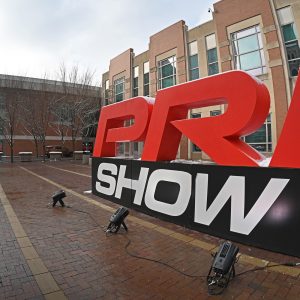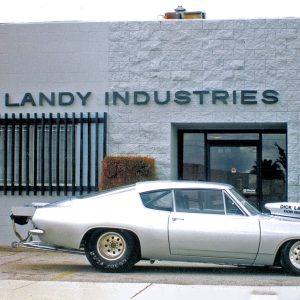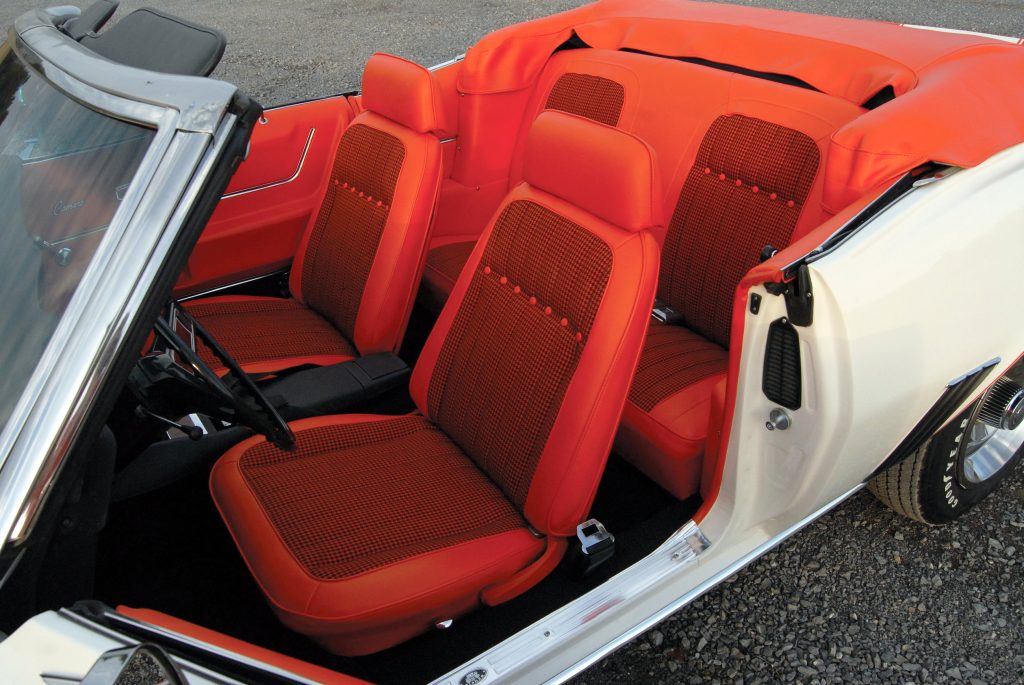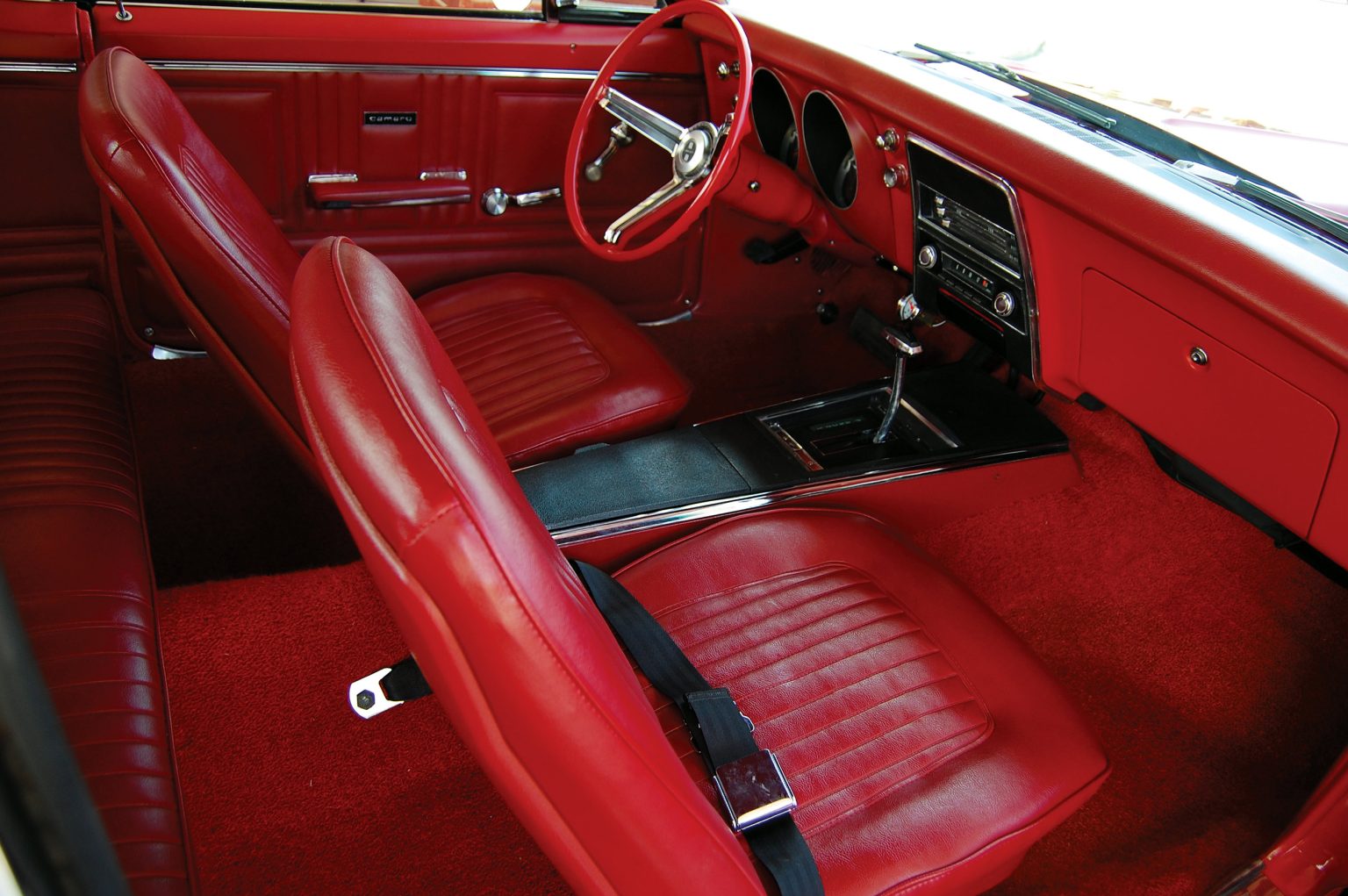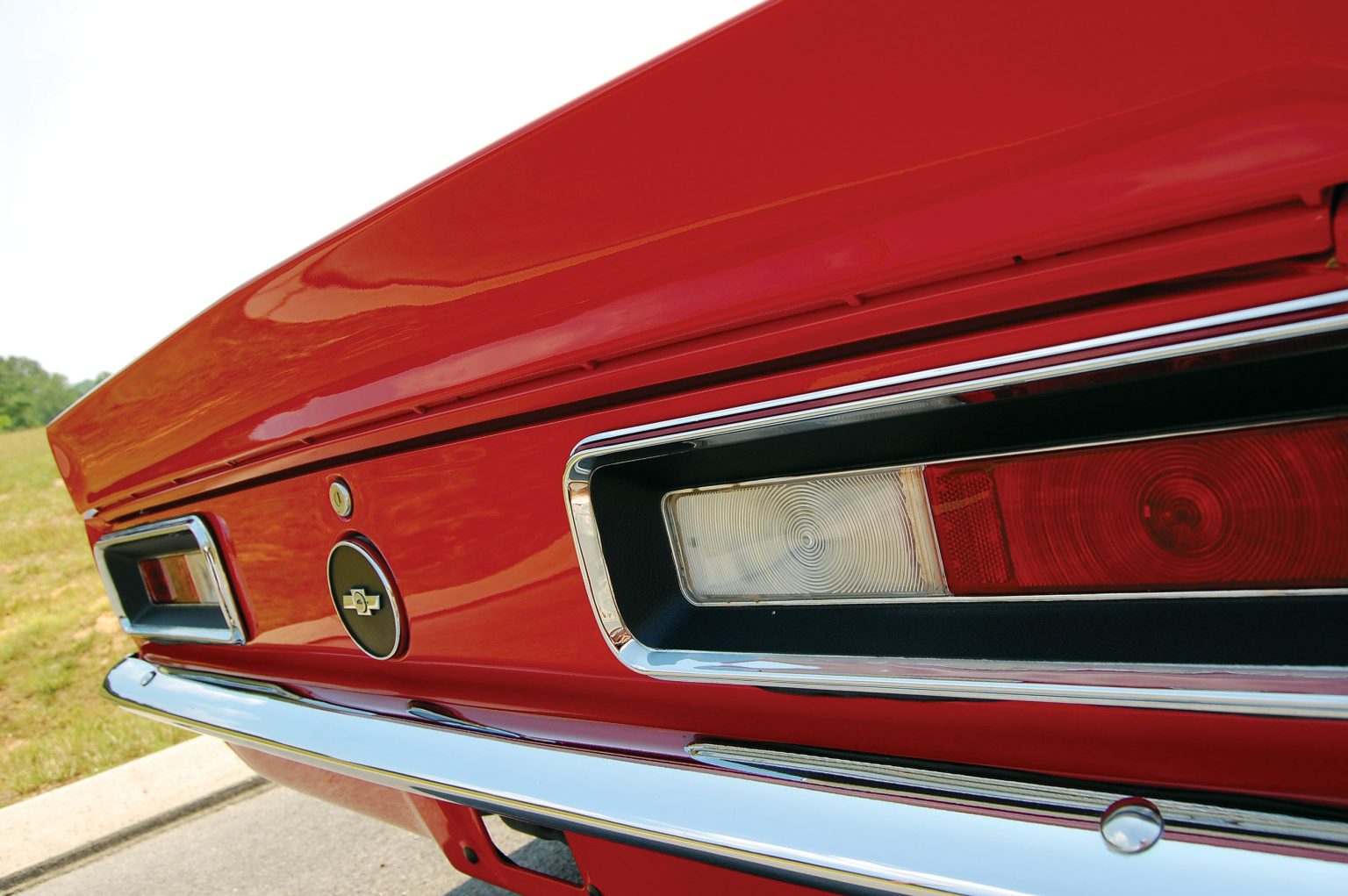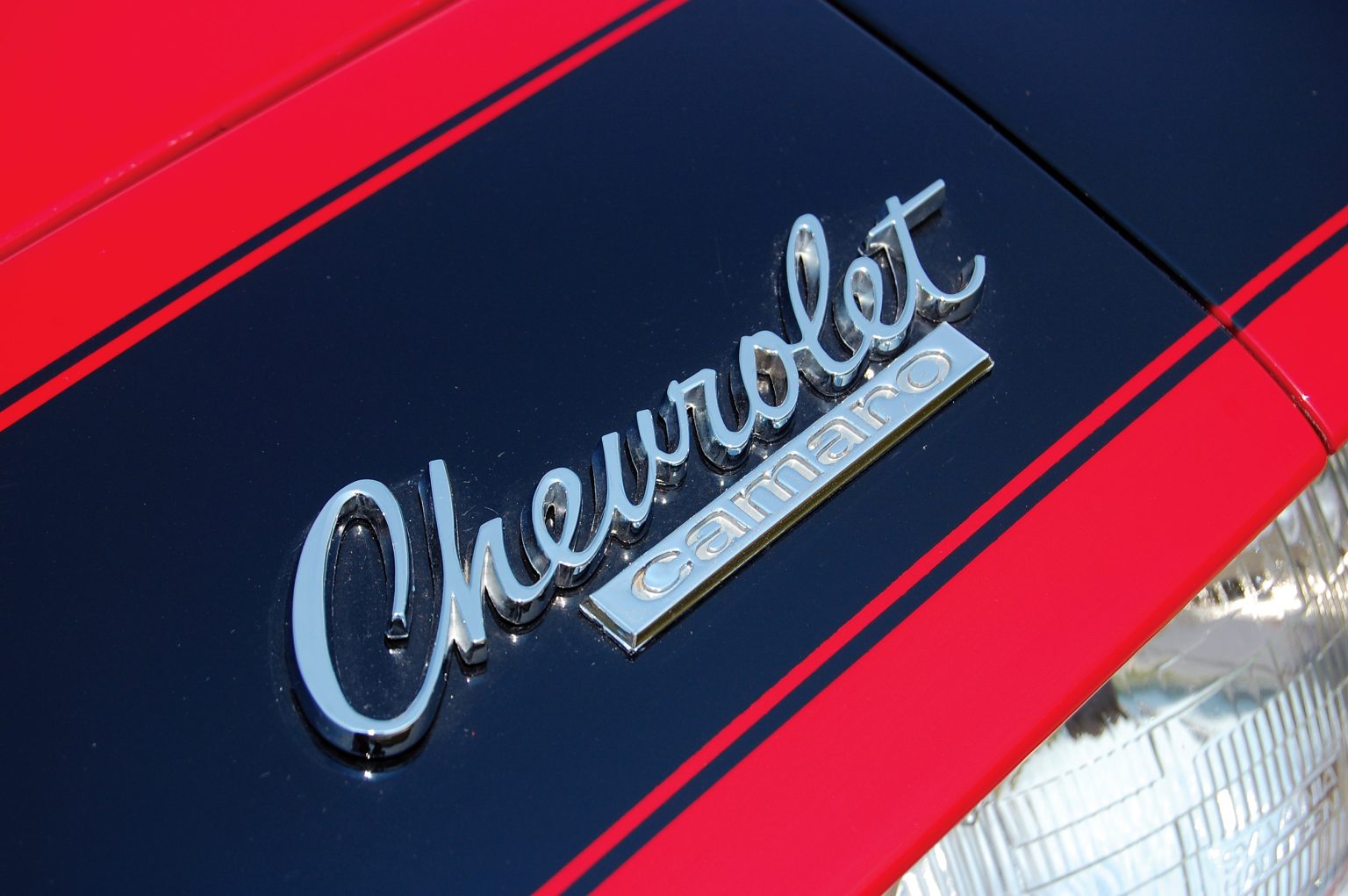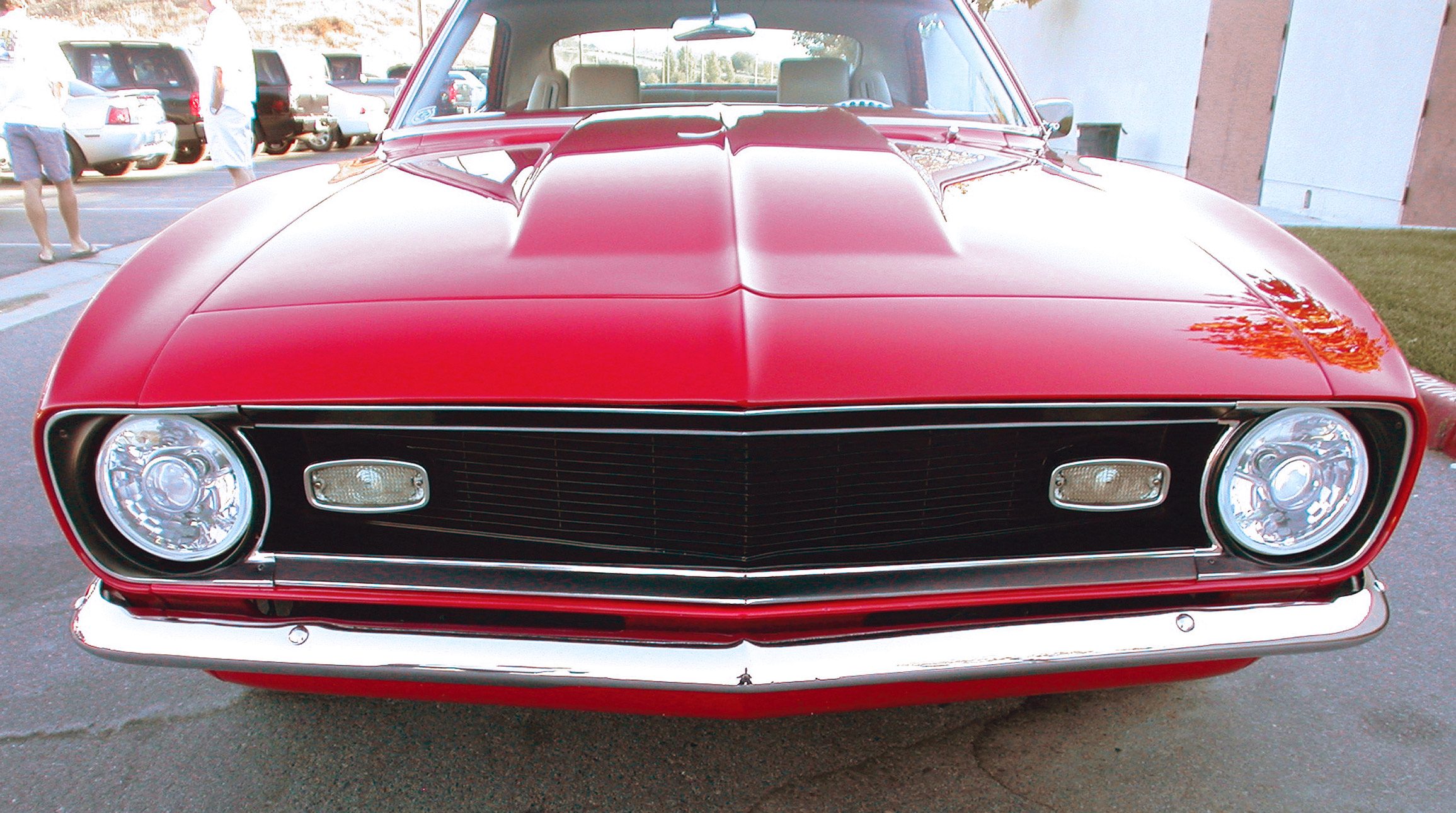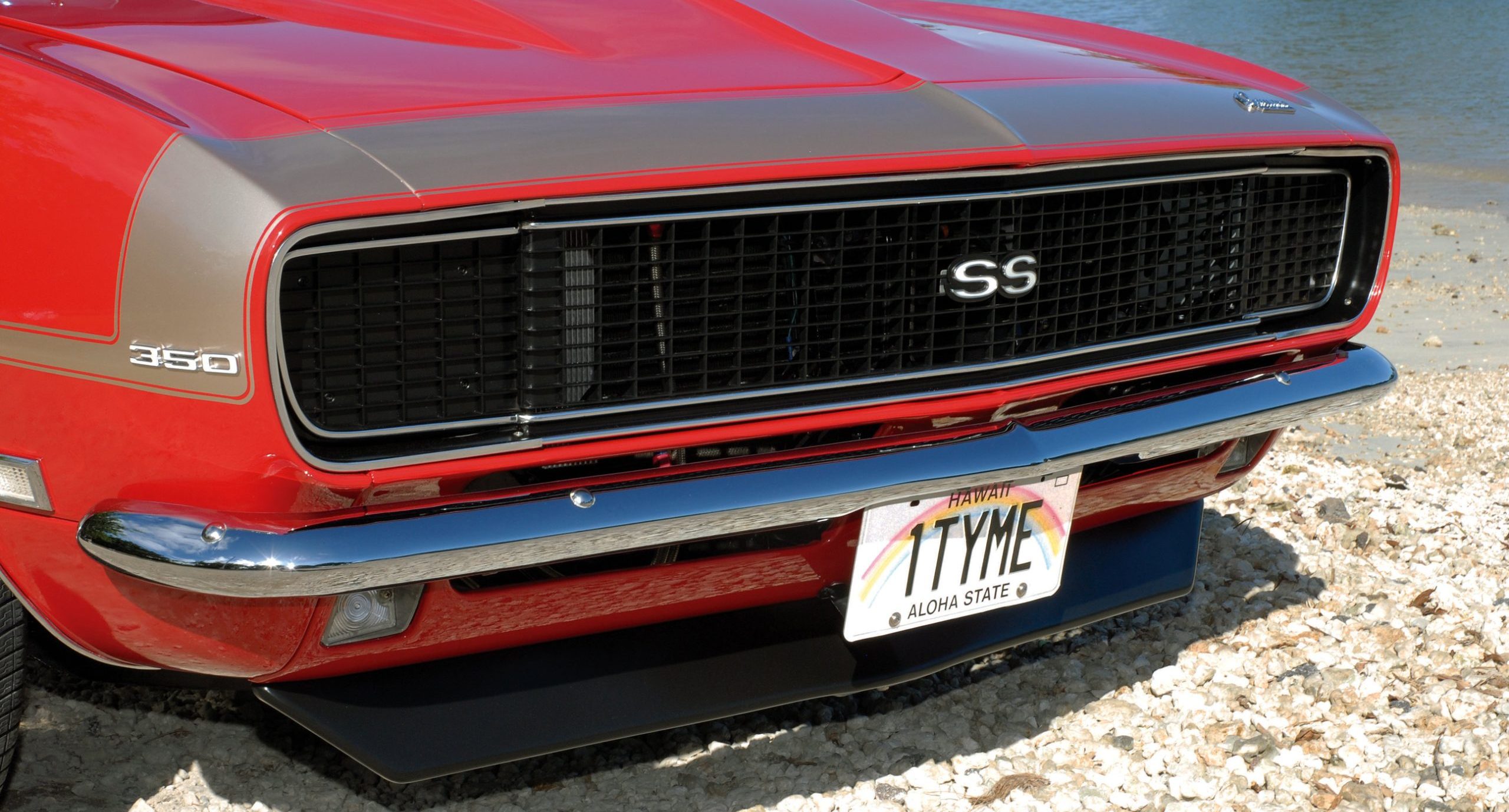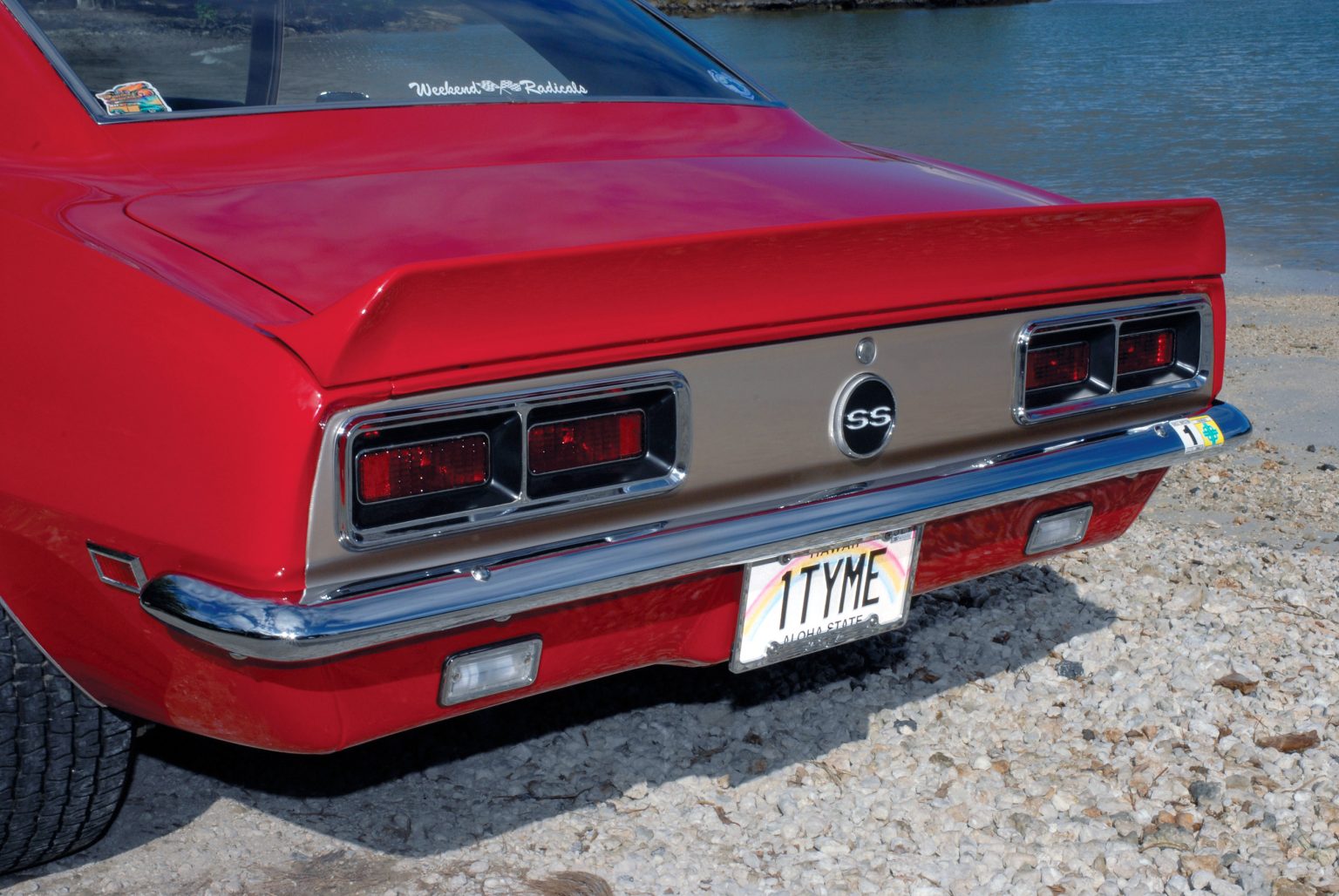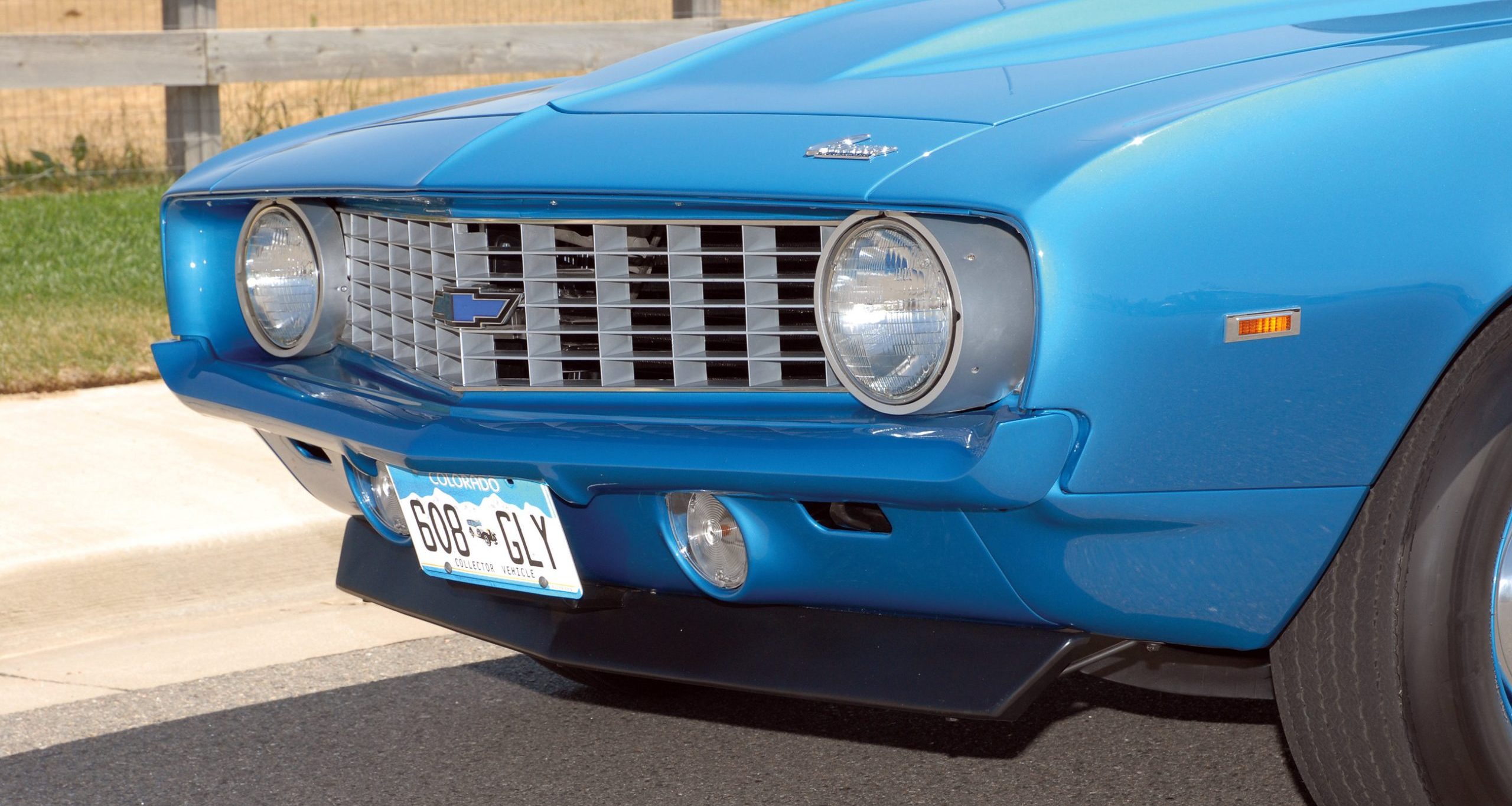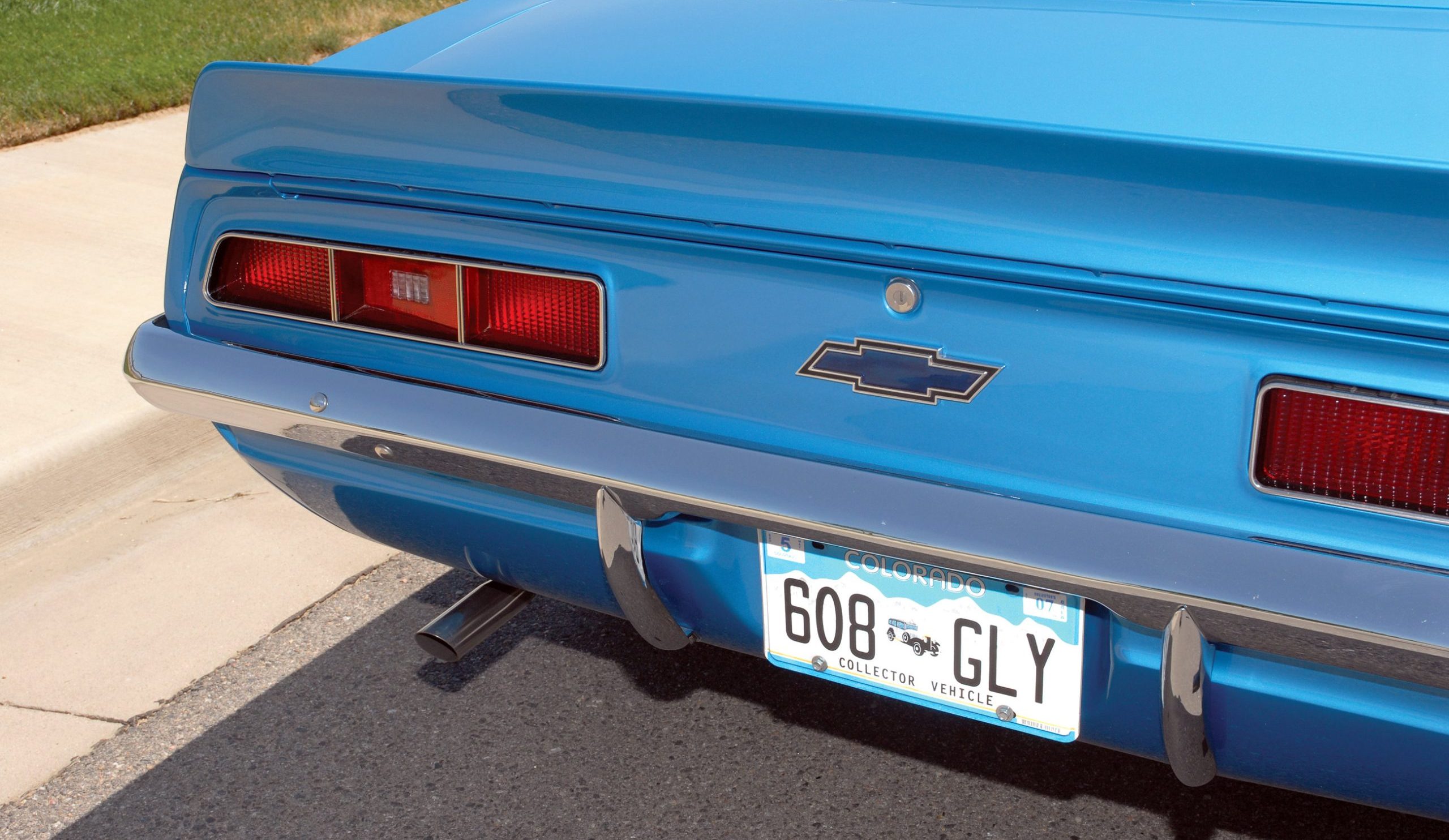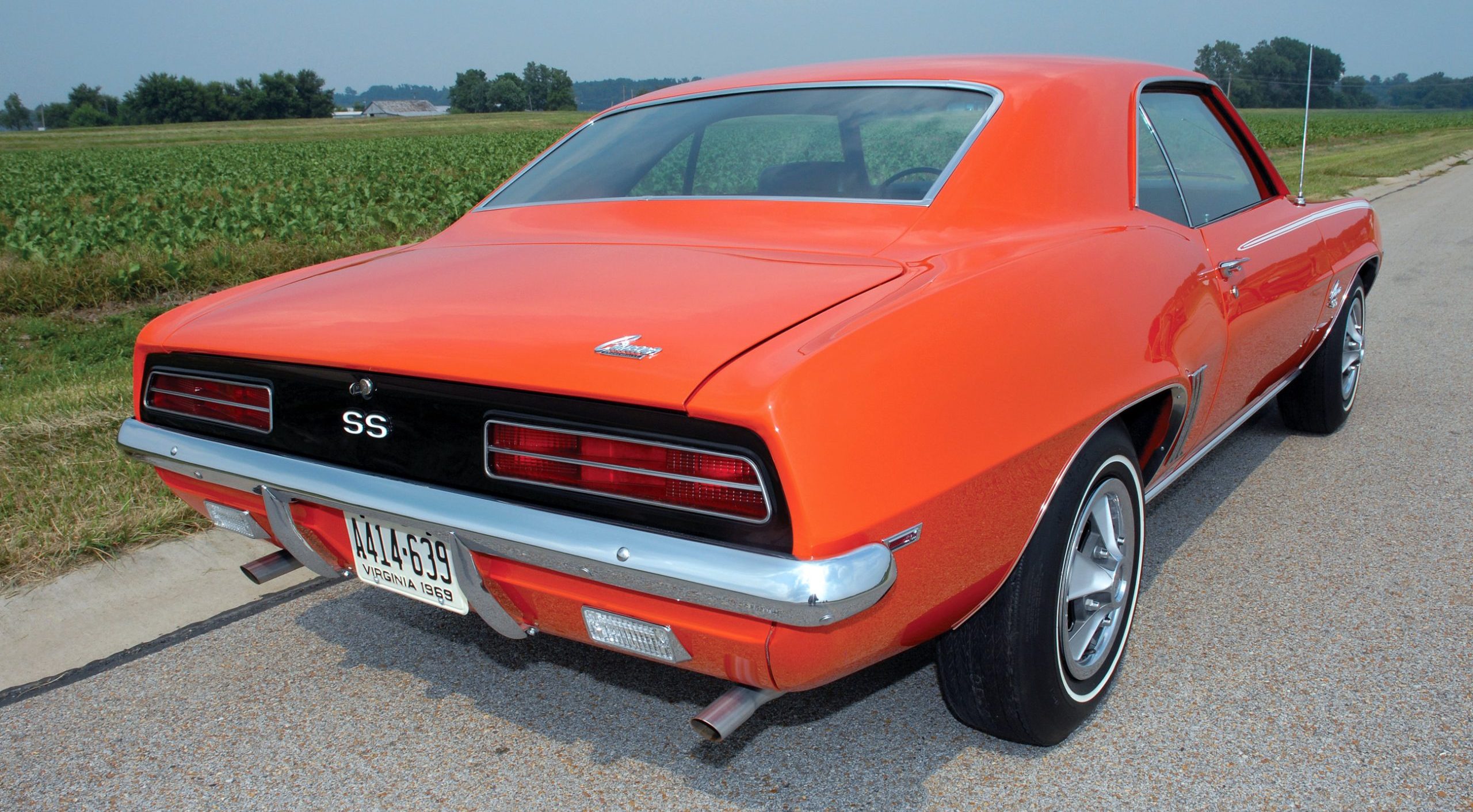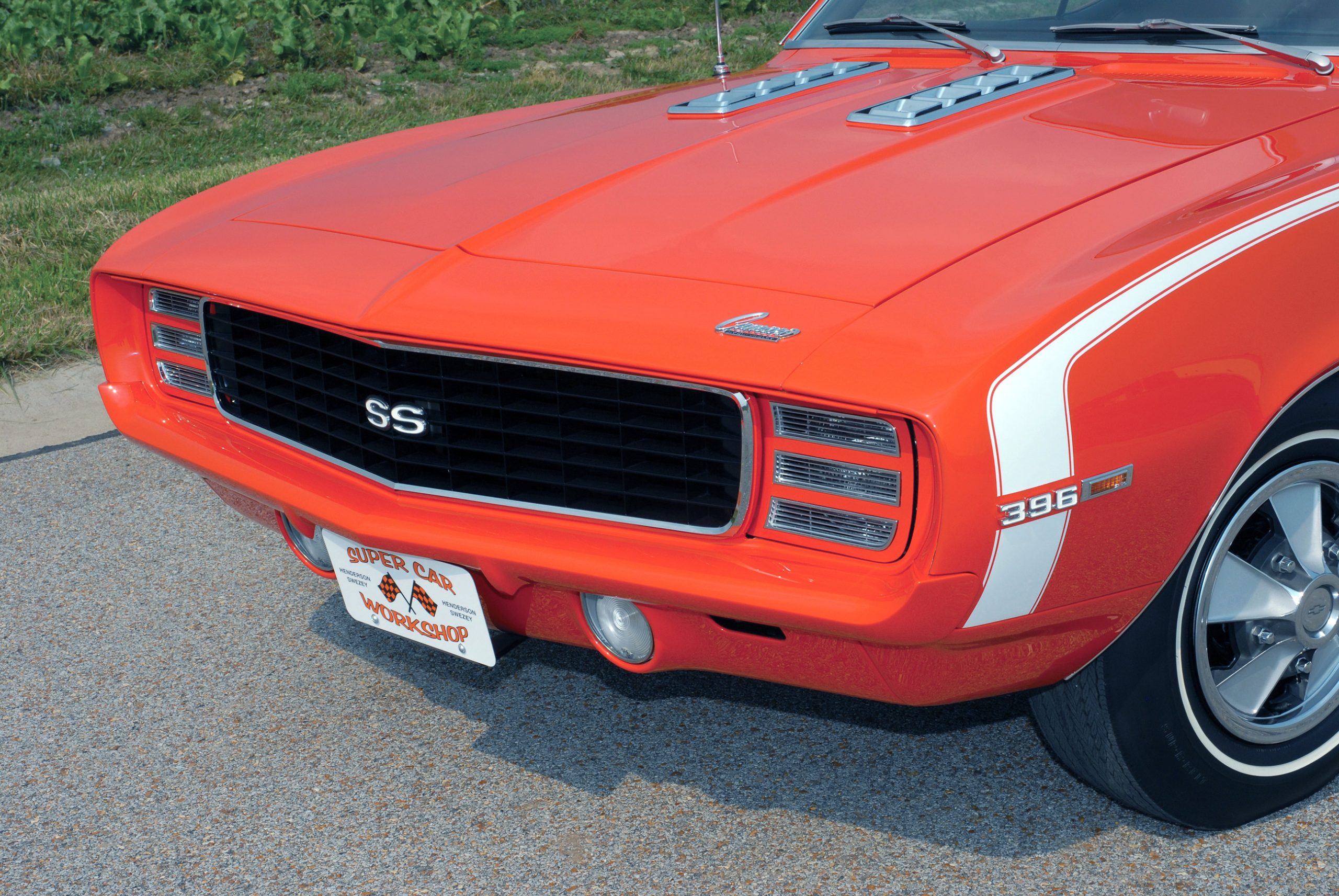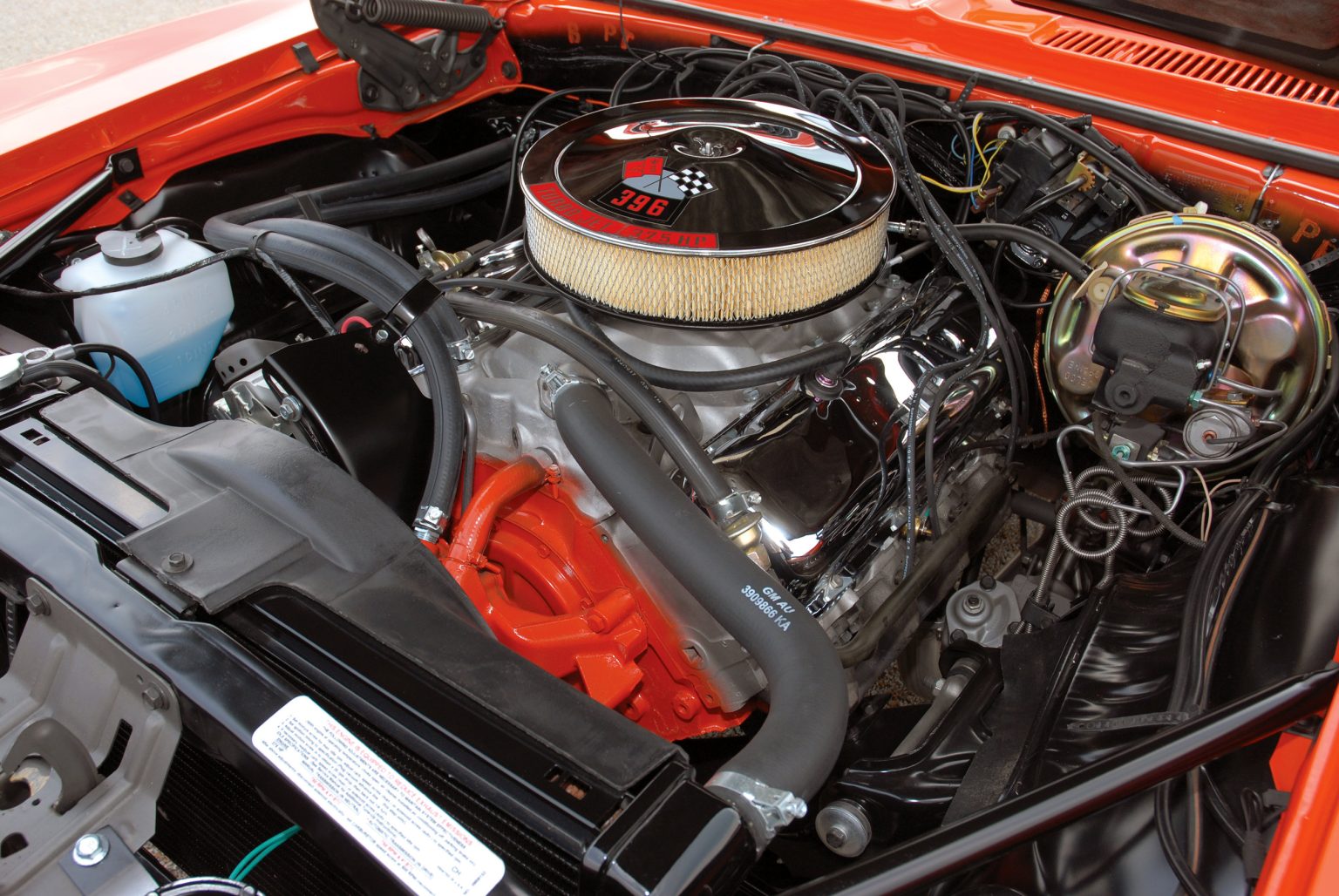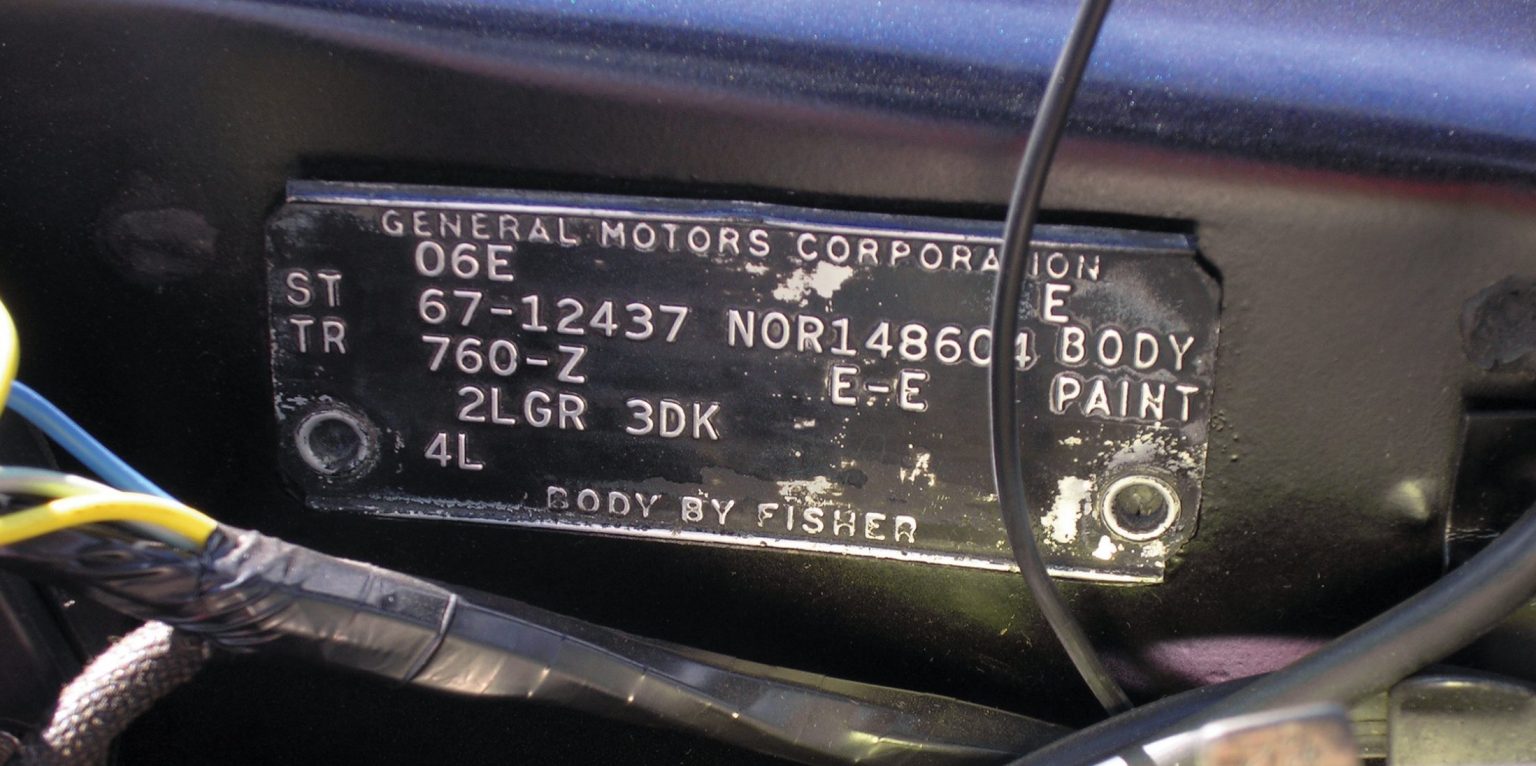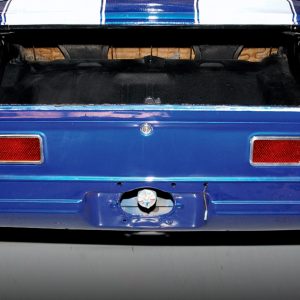
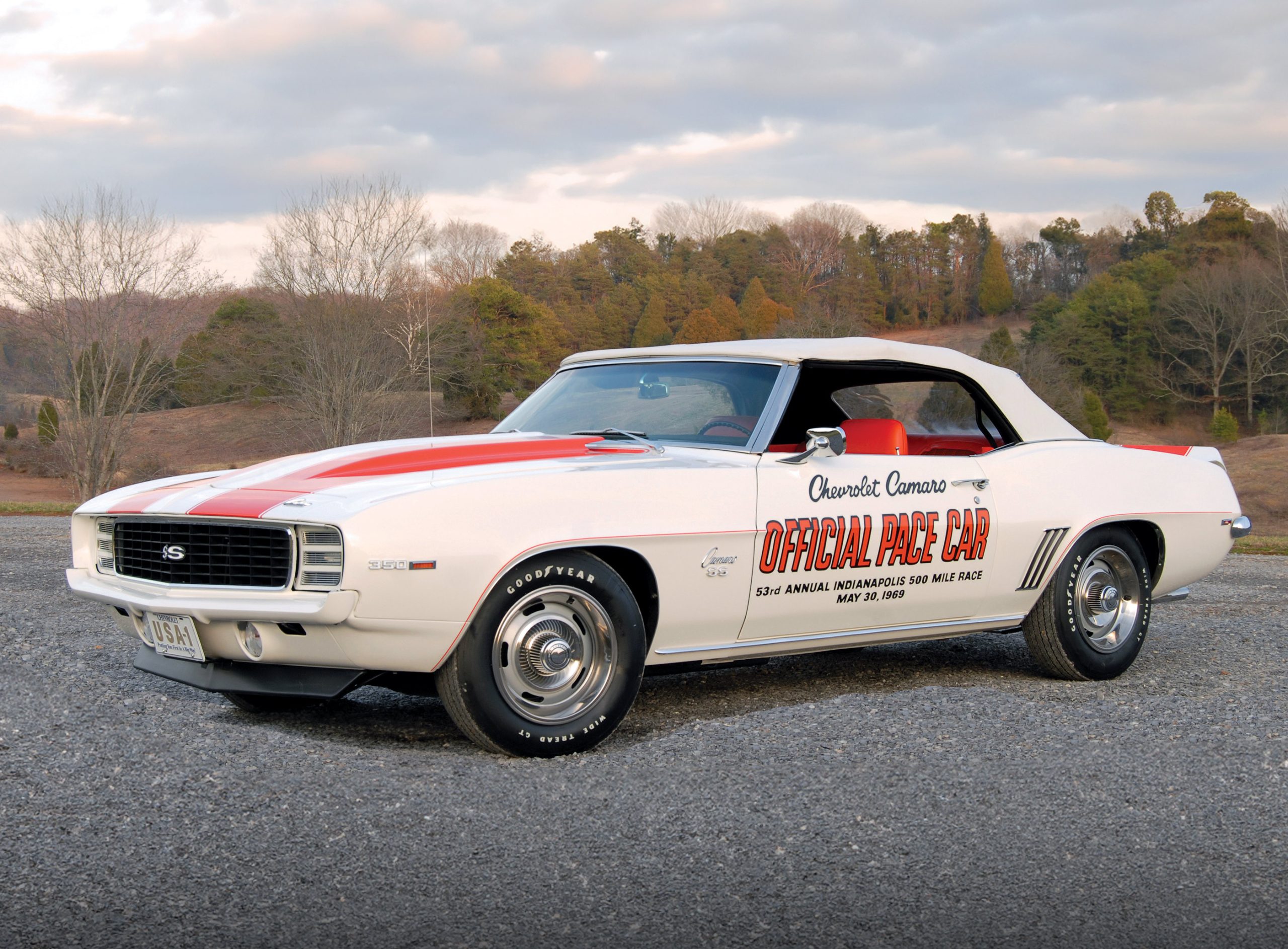

THE AUTO BUILDER
Featured
- All Post
- 20 High Priority - SR Super Rod
- Builds
- 25 High Priority - FB Ford Builder
- Cars
- 30 High Priority - AR American Rodder
- 01 Post Status
- 35 High Priority - RD Rodders Digest
- 40 High Priority - OTR On the Road
- 45 High Priority - SRB Street Rod Builder
- 50 High Priority - TB Truck Builder
- 55 High Priority - BSCENE Buckaroo Scene
- 60 High Priority - FPB Family Power Boat
- Trucks
- Swaps
- Performance Boats
- _000 Home Sliders
- Builders
- 00 Sidebars
- Manufacturers
- 05 High Priority - HCI Hot Compact Imports
- 05 Publications
- 10 High Priority - CR Chevy Rumble
- Back
- Chassis
- Engine
- Fuel System
- Electrical
- Exhaust
- Transmission / Drivetrain
- Suspension
- Steering
- Brakes
- Wheels and Tires
- Interior
- Exterior
- Accessories
- Power Adders
- Back
- Chassis
- Engine
- Fuel System
- Electrical
- Exhaust
- Transmission / Drivetrain
- Suspension
- Steering
- Brakes
- Wheels and Tires
- Interior
- Exterior
- Accessories
- Power Adders
- Back
- Chassis
- Engine
- Electrical
- Exhaust
- Fuel System
- Transmission / Drivetrain
- Suspension
- Steering
- Brakes
- Wheels and Tires
- Interior
- Exterior
- Accessories
- Power Adders
- Back
- Chassis
- Engine
- Electrical
- Exhaust
- Fuel System
- Transmission / Drivetrain
- Suspension
- Steering
- Brakes
- Wheels and Tires
- Interior
- Exterior
- Accessories
- Power Adders
- Back
- Chassis
- Engine
- Fuel System
- Electrical
- Exhaust
- Transmission / Drivetrain
- Suspension
- Steering
- Brakes
- Wheels and Tires
- Interior
- Exterior
- Accessories
- Power Adders
- Back
- Chassis
- Engine
- Fuel System
- Electrical
- Exhaust
- Transmission / Drivetrain
- Suspension
- Steering
- Brakes
- Wheels and Tires
- Interior
- Exterior
- Accessories
- Power Adders
- Back
- Chassis
- Engine
- Fuel System
- Electrical
- Exhaust
- Transmission / Drivetrain
- Suspension
- Steering
- Brakes
- Wheels and Tires
- Interior
- Exterior
- Accessories
- Power Adders
- Back
- Engine
- Fuel System
- Electrical
- Outdrives
- Steering
- Interior
- Accessories
- Power Adders
- Exterior and Hull
- Back
- Chassis
- Engine
- Electrical
- Exhaust
- Fuel System
- Transmission / Drivetrain
- Suspension
- Steering
- Brakes
- Wheels and Tires
- Interior
- Exterior
- Accessories
- Power Adders
- Back
- Chevrolet
- Cadillac
- Pontiac
- AMC
- Buick
- Jeep
- Lincoln
- Ford
- Honda
- GMC
- BMW
- Mitsubishi
- Dodge
- Nissan
- Chrysler
- Subaru
- Toyota
- Plymouth
- Mercury
- Volvo
- Volkswagen
- Oldsmobile
- Acura
- Back
- 05 Pub HCI Hot Compact Imports
- 15 Pub 4x4 4x4 Builder
- 20 Pub SR Super Rod
- 25 Pub FB Ford Builder
- 30 Pub AR American Rodder
- 35 Pub RD Rodders Digest
- 40 Pub OTR On the Road
- 55 Pub BSCENE Buckaroo Scene
- 10 Pub CR Chevy Rumble
- 50 Pub TB Truck Builder
- 60 Pub FPB Family Power Boat
- 45 Pub SRB Street Rod Builder
- Back
- Chip Foose
- Ring Brothers
- Jack Fuller
- Bob Cullipher
- Jerry Nichols
- Bobby Alloway
- Jesse James
- Carl Casper
- J.F. Launier
- Steve Sellers
- Boyd Coddington
- Rad Rides by Troy
- Cal Auto Creations
- George Barris
- West Coast Customs
- Back
- Street Rods
- Hot Rods
- Late Model
- Drag Race
- Handling
- Compact Cars
- Chassis
- Engine
- Fuel System
- Electrical
- Exhaust
- Transmission / Drivetrain
- Suspension
- Steering
- Brakes
- Wheels and Tires
- Interior
- Exterior
- Accessories
- Power Adders
- Chassis
- Engine
- Fuel System
- Electrical
- Exhaust
- Transmission / Drivetrain
- Suspension
- Steering
- Brakes
- Wheels and Tires
- Interior
- Exterior
- Accessories
- Power Adders
- Chassis
- Engine
- Electrical
- Exhaust
- Fuel System
- Transmission / Drivetrain
- Suspension
- Steering
- Brakes
- Wheels and Tires
- Interior
- Exterior
- Accessories
- Power Adders
- Chassis
- Engine
- Electrical
- Exhaust
- Fuel System
- Transmission / Drivetrain
- Suspension
- Steering
- Brakes
- Wheels and Tires
- Interior
- Exterior
- Accessories
- Power Adders
- Chassis
- Engine
- Electrical
- Exhaust
- Fuel System
- Transmission / Drivetrain
- Suspension
- Steering
- Brakes
- Wheels and Tires
- Interior
- Exterior
- Accessories
- Power Adders
- Chassis
- Engine
- Fuel System
- Electrical
- Exhaust
- Transmission / Drivetrain
- Suspension
- Steering
- Brakes
- Wheels and Tires
- Interior
- Exterior
- Accessories
- Power Adders
- Back
- 05 Post Imported
- 20 Post Missing Images (All)
- 25 Post Missing Images (Partial)
- 15 Post In Progress
- 30 Post Internal Review
- 40 Post On Hold
- 50 Post Approved
- 10 Post Images Imported
- 17 Post Missing TXT Files
- 18 Post Missing PDF Files
- 27 Post Missing Content
- Back
- Chassis
- Engine Swaps
- Interior Swaps
- Driveline
- Back
- Street Trucks
- OffRoad Trucks
- Chassis
- Engine
- Fuel System
- Electrical
- Exhaust
- Transmission / Drivetrain
- Suspension
- Steering
- Brakes
- Wheels and Tires
- Interior
- Exterior
- Accessories
- Power Adders
- Chassis
- Engine
- Fuel System
- Electrical
- Exhaust
- Transmission / Drivetrain
- Suspension
- Steering
- Brakes
- Wheels and Tires
- Interior
- Exterior
- Accessories
- Power Adders
- Back
- 01 Sidebar Left
- 01 Sidebar Right
Spotlighter
POPULAR READS
CAMARO COMPARO
Comparing and Identifying First-Generation Camaros
Author

Josh Kaylor
Photography by The Auto Builder Staff
Identifying First-Generation Camaros: A Guide
As recognizable as the first-generation Camaro coupes and convertibles are, distinguishing a ’67, ’68 or even the extremely popular ’69 can be difficult for the uninformed. This can be especially true when considering the number of available options, including hoods, SS and RS option combinations and custom body modifications. However, making an accurate and quick identification of a potential project car, as well as tracking its history, options and drivetrain, is simple if you’re armed with the correct information and tools.
Throughout the three model years, few but very significant changes were made that, when known, can help you identify the changes over these years. Besides the obvious cosmetic differences, several under-hood and suspension differences can help distinguish one first-generation Camaro from the next.
1967
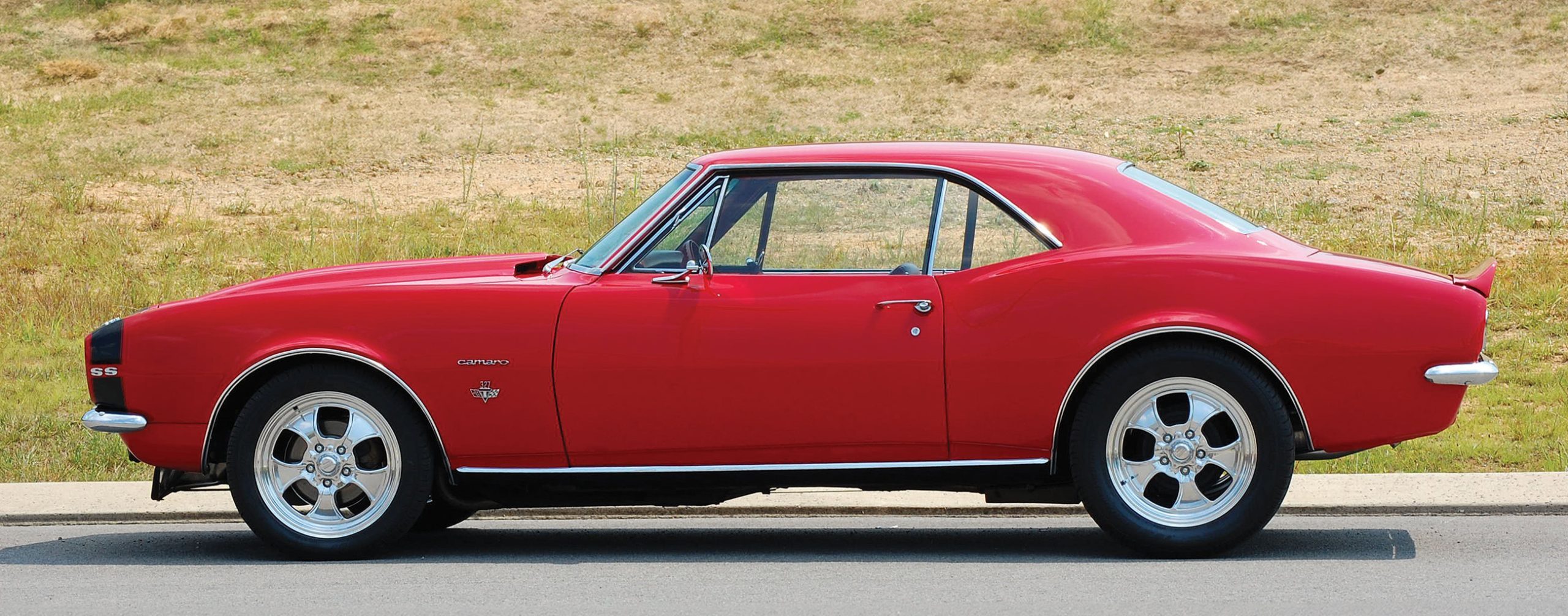
Unique Features of the 1967 Camaro
Distinguishing the ’67 Camaro models from its later counterparts is simple. Until 1968, automotive manufacturers were only required to have headlights, front and rear turn signals and taillights. Because of a federal mandate in early 1968, all cars were required to have marker lights on both the front and rear fenders, which makes the ’67 the only Camaro that does not have side markers. Another unique trait of the ’67 Camaro is the side vent windows. Many manufacturers had already started removing unsightly side vent windows by 1967. With the introduction of A/C and improvements in cabin ventilation, the windows became unnecessary, making the ’67 model the only Camaro with vent windows.
Inside, GM fitted the then-new Camaro with front bucket seats as standard equipment, but with room for two rear passengers. For those wanting a bench seat, GM offered a bench-seat option, as well as a fold-down rear seat option.
Since the original concept for the ’67 Camaro was a great, sporty-looking car that, when armed with the right options and drivetrain, could incinerate the Ford Mustang, GM began offering several packages that would improve the performance of the Camaro straight from the factory, and with a single option number. Right from the start, GM began offering high-performance packages such as the SS 325hp 396 (RPO L35) and the SS 375hp 396 (RP0 L78). These mighty powerplants, although underrated in the horsepower department for insurance reasons, gave buyers the chance to have a smaller car capable of nearly 400 hp right out of the showroom. Called rat motors by their adoring fans, these basic engines were available earlier in larger cars, but when combined with the smaller, lighter Camaro, seconds were shaved off normal dragstrip performance, thereby giving the Camaro a nasty (read great) reputation.
Two of the more popular options, the SS (Super Sport) and the RS (Rallye Sport), were actually packaged combinations of performance and appearance items. The SS package included special (SS) hood ornamentation, painted rallye stripes, a safety-wire fuel cap and performance wheels and tires, along with SS nomenclature and whatever powerplant was chosen by the owner, big block or small block.
The RS appearance package (RPOZ22) gave the Camaro a more stylish exterior that included a blacked-out grille with hideaway headlights, parking lights in the valance, solid red taillights, and a safety-wire fuel filler cap, as seen on the SS package. What’s more, these two packages could be combined, resulting in an RS exterior with SS badging and SS power.
A very potent and now-rare option was the RPO Z/28, offered as a special RPO code that included a Z/28-specific small block displacing only 302 ci. Combined with a four-speed transmission, this package provided a powerful combination that allowed GM to compete in SCCA’s (Sports Car Club of America) Trans-Am sedan racing, and meet the sanctioning body’s 305ci limitation. But to do this, a new engine had to be developed. Introduced as a mid-year option, the Z/28 was not made available until December 1966. The 302 powerplant was made up of a short-stroke crankshaft from the 283ci small block, combined with the newer 327 cylinder block.
Making the car all the more unique, the Z/28 also received several interior and exterior appearance options. Available only as a coupe, the Z/28 package included a close-ratio Muncie four-speed transmission, power-assisted front disc brakes, quick-ratio manual steering, 15×6-inch Rallye wheels and red-stripe nylon-cord tires, a heavy-duty cooling system, a 3.73:1 final drive, sport suspension and tuning, a special hood and deck racing stripes. This is considered one of the rarest Camaros today because only 602 Z/28 Camaros left the factory, and many of those were either wrecked or turned into racecars.
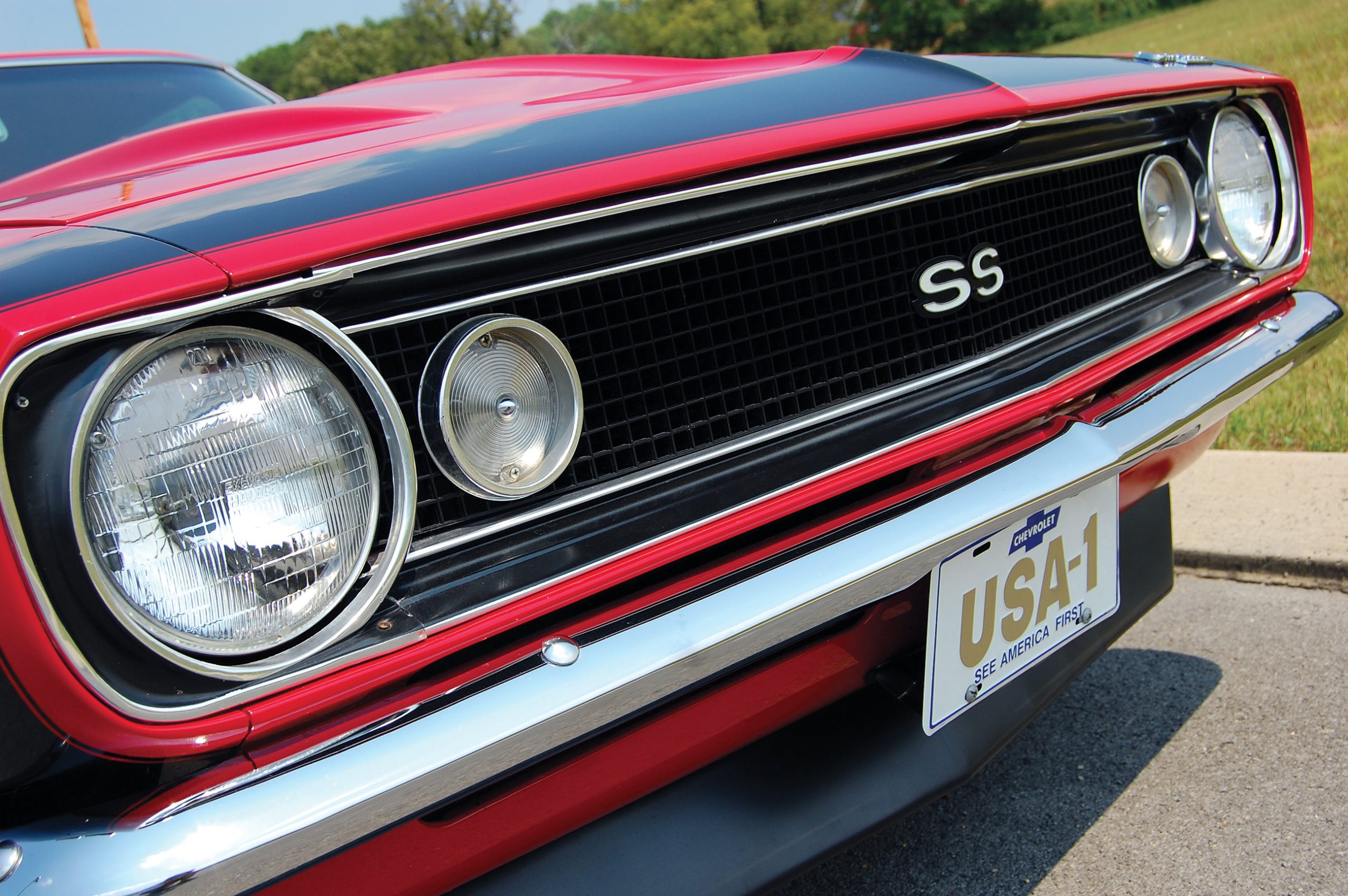
1967 Camaro Paint Codes
PAINT CODE | EXTERIOR COLOR |
CC | Ermine White |
DD | Nantucket Blue |
EE | Deepwater Blue |
FF | Marina Blue |
GG | Grenada Gold |
HH | Mountain Green |
KK | Emerald Turquoise |
LL | Tahoe Turquoise |
MM | Royal Plum |
NN | Madeira Maroon |
RR | Bolero Red |
SS | Sierra Fawn |
TT | Capri Cream |
YY | Butternut Yellow |
1967 Camaro Production
BODY STYLE | NUMBER PRODUCED | COST |
Two-Door Sport Coupe | 195,776 | $2,466 |
Two-Door Convertible | 25,141 | $2,704 |
1967 Camaro (RPO) Regular Production Options
RPO | DESCRIPTION | QUANTITY | COST |
12337 | Sport Coupe, 230 cid, 140 hp, 6-cyl | 53,523 | $2,466 |
12367 | Convertible, 230 cid, 140 hp, 6-cyl | 5,285 | $2,704 |
12437 | Sport Coupe, 327 cid, 210 hp, V-8 | 142,242 | $2,572 |
12467 | Convertible, 327 cid, 210 hp, V-8 | 6,583 | $2,809 |
AS1 | Belts, front shoulder | 477 | $23.20 |
A31 | Windows; power | 4,957 | $100.10 |
C-60 | Air Conditioning | 28,226 | $356 |
C-80 | Axle, Positraction: rear | 31,792 | $42.15 |
F41 | Suspension, special purpose, front and rear | 5,968 | $10.55 |
J52 | Brakes; front disc | 14,899 | $79 |
L22 | Engine; 155hp Turbo Thrift, 250cid 6-cyl | l38,165 | $26.35 |
L30 | Engine; 275hp Turbo Fire, 327cid V-8 | 25,287 | $92.70 |
L35 | Camaro SS with 325hp/396cid engine | 4,003 | $263.30 |
L48 | Camaro SS with 295hp/Turbo Fire 350cid engine | 29,270 | $210.65 |
L78 | Camaro SS with 375hp/Turbo Fire 396cid engine | 1,138 | $500.30 |
Z22 | Rallye Sport Package | 64,842 | $105.35 |
Z23 | Special Interior Group | 74,648 | $10.55 |
Z28 | Special Performance Package | 602 | $358.10 |
1968
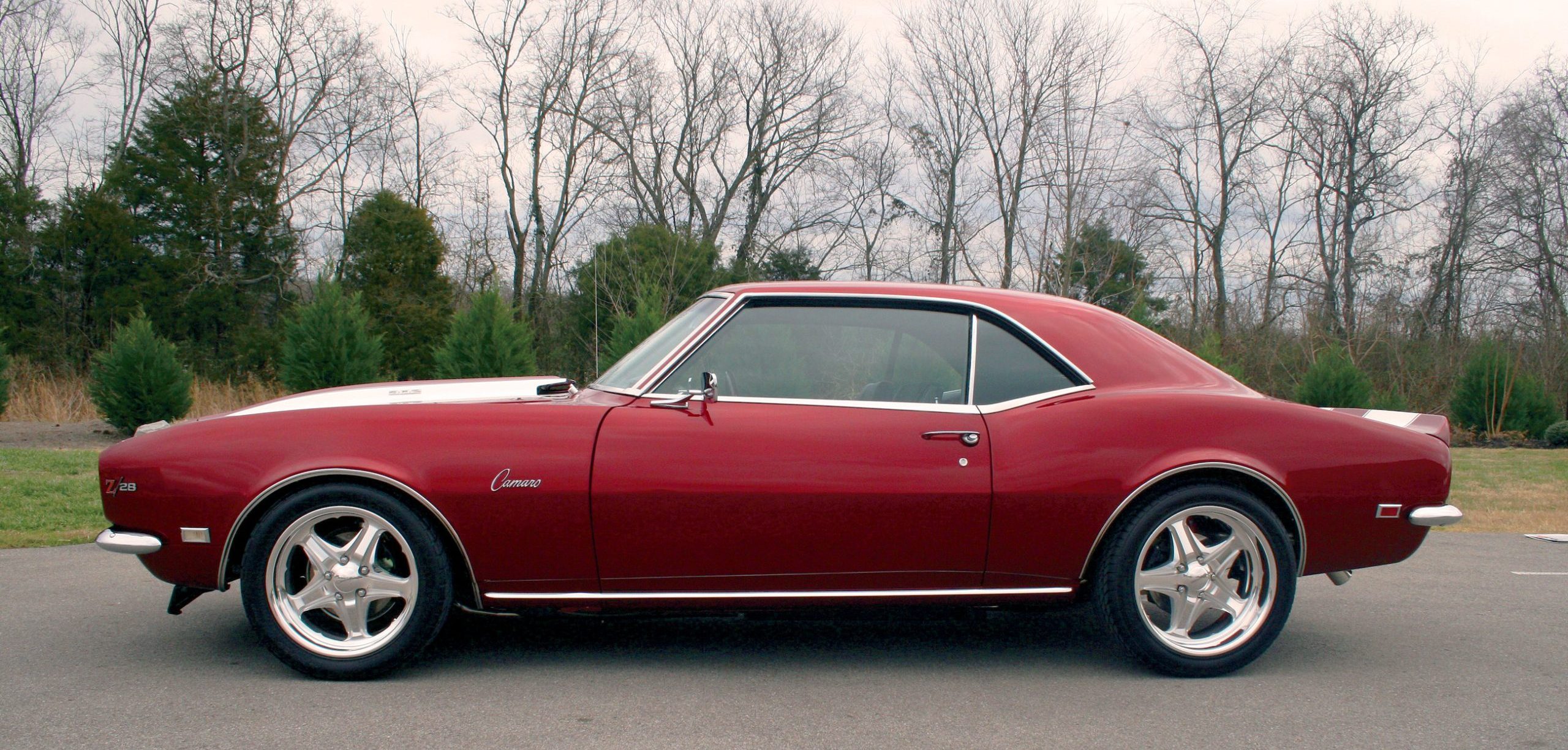
After only one year of Camaro production, the factory vent windows were removed and replaced with under-dash air vents (Astro-Ventilation). This cleaned up the already crisp lines of the Camaro, providing an uncluttered side appearance and less wind noise.
Another significant change for 1968 was the front fender emblems, which were moved from the rear of the fender to the front, ahead of the marker lights.
Exterior mirrors for 1968 received a design change from the earlier round style to a more modern rectangular housing and lens.
Refinements and Upgrades in the 1968 Camaro
For 1968, GM designers decided to refine the Camaro slightly. Up front, a new grille design omitted the large, round fog lights, which were replaced with a pair of smaller rectangular lights on the base and SS models. The front fenders and rear quarters received a set of the then-required side marker lights, and the Camaro badging received a design upgrade, from block lettering to a more refined cursive style. The powerplant badging was moved from the rear of the fender to the front, and the newly introduced under-dash air ventilation, called Astro-Ventilation, replaced the vent windows, cleaning up the door area and overall side appearance of the car. Out back, a new set of taillights replaced the original (’67) units, for both the base model and the RS option. The RS appearance package and SS option remained the same for 1968, and for the first time, the Z/28 received exterior “302” badging, which was later changed to the Z/28 logo we know today.
Inside, the same standard bucket seats and optional bench seat were available, but for the first time in a cloth/vinyl hound’s-tooth combination. A new stirrup-style shifter design replaced the automatic shifter seen in 1967, and the optional console gauges were changed to a staked layout design. With the bucket seats a dominant appearance item, few wanted the optional bench seat, so 1968 would be the last year the bench seat would be offered.
With all the success the Camaro enjoyed on local dragstrips, GM decided to up the ante in the drivetrain department. The same 327-, 350- and 396ci powerplants were offered for 1968, but with a twist. For 1968, an over-the-counter option for the 302-powered Z/28s was a twin-four cross-ram intake manifold, which added more horsepower at higher rpm. But more than that, it homologated (legalized) the intake for use in SCCA Trans-Am competition. The 375hp 396 (RPO L78) could receive an upgrade to the L89 package. Ahead of its time, the L89 package, which rang up an optional cost of about $800 (a substantial amount in those days), was nearly a quarter of the base cost of the Camaro. However, this option gave Camaro owners a potent 396 fitted with aluminum heads and, because of insurance complications (and cost), a 375hp rating. Actual power was more likely in the neighborhood of 435 hp! Regardless, the L89 package was more than enough horsepower to bring most any muscle car—Mustangs specifically—to their knees. But because it was pricey, only 272 of the L89 aluminum-head 396 Camaros left the factory.
Underneath the ’68 Camaro, several changes were made for safety and performance reasons. GM offered a dealer-installed rear disc brake package, which was adapted from the Corvette for Z/28 models. And to help improve holeshot launch and reduce rear-wheel hop, the staggered rear shock layout was taken from the ’67 Firebird and made standard on the Camaro. This shock location change did improve wheel-hop, which was severe on the ’67 models. Also standard on all 350 and 396 cars was the multi-leaf rear spring pack; the rest had mono-leaf rear springs.
1968 Camaro Paint Codes
PAINT CODE | EXTERIOR COLOR |
AA | Tuxedo Black |
CC | Ermine White |
DD | Grotto Blue |
EE | Fathom Blue |
FF | Island Teal |
GG | Ash Gold |
HH | Grecian Green |
JJ | Rallye Green |
KK | Tripoli Turquoise |
LL | Teal Blue |
NN | Cordovan Blue |
OO | Bronze |
PP | Seafrost Green |
RR | Matador Red |
TT | Palomino Ivory |
UU | LeMans Blue |
VV | Sequoia Green |
YY | Butternut Yellow |
ZZ | British Green |
1968 Camaro Production
BODY STYLE | NUMBER PRODUCED | COST |
Two-Door Sport Coupe | 214,711 | $2,588 |
Two-Door Convertible | 20,440 | $2,802 |
1968 Camaro (RPO) Regular Production Options
RPO | DESCRIPTION | QUANTITY | COST |
12337 | Sport Coupe, 230 cid, 140 hp, 6-cyl | 47,456 | $2,565 |
12367 | Convertible, 230 cid, 140 hp, 6-cyl | 3,513 | $2,802 |
12437 | Sport Coupe, 327 cid, 210 hp, V-8 | 167,251 | $2,670 |
12467 | Convertible, 327 cid, 210 hp, V-8 | 16,927 | $2,908 |
AS1 | Belts; front shoulder (2) | 70 | $23.20 |
A01 | Glass; Soft Ray tinted, all windows | 65,329 | $30.55 |
A67 | Seat, folding rear | 7,384 | $42.15 |
A85 | Belts, Custom Deluxe; front shoulder (convertible only) | 222 | $26.35 |
D55 | Console | 140,530 | $50.60 |
KD5 | Ventilation, heavy-duty closed engine positive | 30 | $06.35 |
KO2 | Fan; temperature controlled | 1 | $15.80 |
K30 | Speed control; Cruise-Master | 327 | $52.70 |
L22 | Engine; 155hp Turbo thrift 250cid 6-cyl | 28,647 | $26.35 |
L30 | Engine; 275hp Turbo Fire 327cid V-8 | 21,686 | $92.70 |
L34 | Camaro SS | 2,579 | $368.65 |
L35 | Camaro SS with 325hp/396cid engine | 10,773 | $263.30 |
L48 | Camaro SS with 295hp/Turbo Fire 350cid engine | 12,496 | $210.65 |
L78 | Camaro SS with 375hp/Turbo Fire 396cid engine | 4,575 | $500.30 |
L89 | Camaro SS with 375hp/396cid V-8 and aluminum heads | 272 | $868.95 |
N65 | Tire; space-saver spare to replace 7.35×14 black-wall | 1,021 | $19.35 |
Z28 | Special performance package; includes 302cid V-8 | 7,199 | $400.25 |
1969
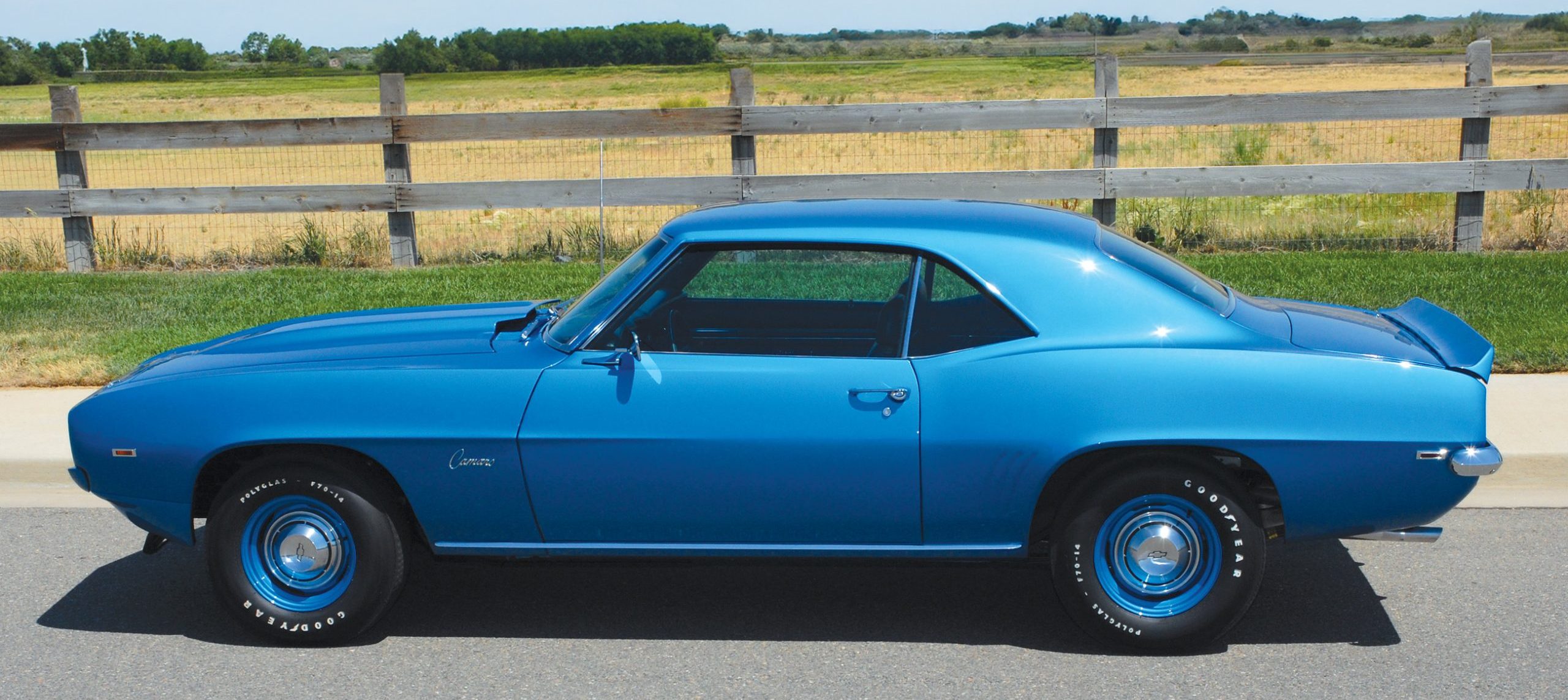
Distinguishing Features of the 1969 Camaro
Distinguishing the ’69 Camaro from its two predecessors is easier thanks to the total sheetmetal redesign for the final year of the first-generation Camaro. After two years of great sales success with the Camaro, and with more than a half-million Camaros on the road, GM decided to pull out all the stops, even though the Camaro was scheduled for a complete revamp for the 1970 model year. With the exception of the roof, hood and decklid, GM redesigned the remainder of the ’69 car. Up front, a newly recessed grille on the SS and base models, along with a new grille for the RS, updated the nose with a pointier design. Similar to the previous two years, the base-model grille was positioned deeper in the front sheetmetal. But, unlike the ’67 and ’68 RS models, the ’69 received a new grille with louvered headlights that allowed the driver to see at night, in case the factory vacuum-operated headlight doors quit working. The front fender and rear quarter panel openings, along with the doors, received a new raised bodyline, which gave the Camaro a sportier, go-fast style, even when sitting still. Out back, the taillights were again changed on both the base model and the RS, and the gas cap was moved behind the rear license plate.
Under the hood, however, is where the ’69 Camaro became legendary. With Ford’s introduction of the Boss Mustang, GM needed a truly spectacular Camaro lineup. So, for the first time, GM introduced the new 230-inline six-cylinder and the low-cost 307ci V-8. It was not, however, the inline-six or the small block that drew the attention of Chevy enthusiasts—it was COPO 9560 and COPO 9561. These Central Office Production Options stood for two things—speed and power. And these options meant one of two things: the all-aluminum 427 (ZL1) or the iron-block 427 (L72). These options were expensive, which made them rare, but for those looking for the ultimate power package, there was none stronger. The ZL1 was strictly a limited-production option, with only 69 planned to be built. In addition to the 427 engine offerings, the L89 option included a potent 396ci big block fitted with aluminum heads, producing a rated 375 hp. Only 311 Camaros received the L89 package. Also, 350 Turbo and 400 Turbo three-speed automatic transmissions made their debut in 1969.
Underneath, a new variable-ratio gearbox replaced the one from years prior, and GM updated the early-style brake calipers with a full-floating design, which dramatically improved braking performance. For 1969, four-wheel disc brakes became a regular factory option, not dealer installed, and could be ordered on either the Z/28 or the SS (RPO JL8). This option, however, cost more than $500 at the time, which resulted in only 206 being ordered.
Since Chevrolet offered nearly 100 RPO (Regular Production Options) each year, many of those are the same. We decided to list several of the most popular RPOs—with many of the rarest options—along with its RPO code and the production numbers for each model year. And while many of these rare parts are being reproduced today, restorers and collectors search for NOS and originals to replace either lost or damaged items. The only real way to find out which of these options each car came equipped with is by the build sheet (usually located in the window). While it’s likely these would be lost over time, a few actually found their way into the glovebox. Otherwise, depending upon the originality of the car, one could well be slipped between the seat foam and seat coverings through the back.
1969 Camaro Paint Codes
PAINT CODE | EXTERIOR COLOR |
10 | Tuxedo Black |
40 | Butternut Yellow |
50 | Dover White |
51 | Dusk Blue |
52 | Garnet Red |
53 | Glacier Blue |
55 | Azure Turquoise |
57 | Fathom Green |
59 | Frost Green |
61 | Burnished Brown |
63 | Champagne |
65 | Olympic Gold |
67 | Burgundy |
69 | Cortez Silver |
71 | LeMans Blue |
72 | Hugger Orange |
76 | Daytona Yellow |
79 | Rallye Green |
1969 Camaro Production
BODY STYLE | NUMBER PRODUCED | COST |
Two-Door Sport Coupe | 214,280 | $2,638 |
Two-Door Convertible | 16,519 | $2,852 |
1969 Camaro (RPO) Regular Production Options
RPO | Description | Quantity | Cost |
12337 | Sport Coupe, 230 cid, 140 hp, 6-cyl | 34,541 | $2,621 |
12367 | Convertible, 230 cid, 140 hp, 6-cyl | 1,707 | $2,835 |
12437 | Sport Coupe, 327 cid, 210 hp, V-8 | 190,971 | $2,727 |
12467 | Convertible, 327 cid, 210 hp, V-8 | 15,866 | $2,940 |
AS4 | Belts, rear shoulder, Custom Deluxe type | 37 | $26.35 |
CE1 | Headlight washer (included with RS equipment) | 116 | $15.80 |
C50 | Defroster; rear window, forced air | 7,912 | $22.15 |
D80 | Spoiler; included when Z/28 is ordered | 19,040 | $32.65 |
G31 | Springs; special rear; includes rear bumper guards | 556 | $20.05 |
JL8 | Brakes; power disc four-wheel; includes multi-leaf rear springs | 206 | $500.30 |
K85 | Generator; 63-amp Delcotron | 114 | $26.35 |
N33 | Steering wheel, Comfortilt | 6,575 | $45.30 |
ZL2 | Hood, special ducted | 10,026 | $79 |
Z22 | Rallye Sport Package | 37,773 | $131.65 |
Z27 | Super Sport Package | 34,932 | $295.95 |
Z-28 | Special Performance Package | 20,302 | $458.15 |
1967-1969 Camaro VIN Decoder
The VIN tag on all ’67-’69 Camaros in located on the far right-hand corner of the firewall. Decoding the VIN will not identify the size of the engine that came in the Camaro; it will simply identify the car as a six-cylinder or a V-8.
Vehicle Identification Number (VIN)
Example: 124377N100001
Third Digit—Engine: 3 for six-cylinder; 4 for V-8
Fourth Digit—Body Style: 3 for coupe, 6 for convertible
Sixth Digit—Year: 7=1967, 8=1968, 9=1969
Seventh Digit—Production Plant:N=Norwood, Ohio; L=Van Nuys
The last six digits of the VIN increase by one.
NOTE: 1967 Chevy Camaros started with (100001)
NOTE: 1968 Chevy Camaros started with (300001)
NOTE: 1969 Chevy Camaros started with (500001)








